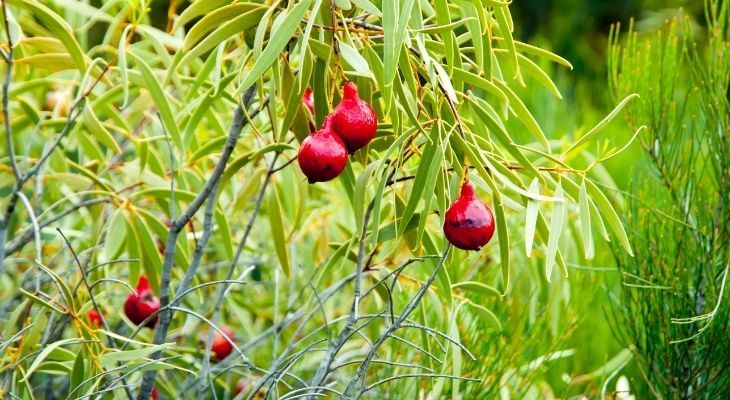Native Ingredients Hot on Shoppers Lists
Aussie consumers are looking for local, sustainable food options - and native ingredient retailers are reaping the benefits.
Thanks to the global pandemic, Australians have a renewed interest in shopping local to support Australian jobs and the economy. This has also led to an increased interest in native ingredients and an opportunity for retailers to give customers a taste of the bush.
With more than 6500 native ingredients in Australia there are plenty of options on the market and Hayden Marks has been showcasing them to the world through his Windsor based business Melbourne Bushfood.
“I think people are starting to become more engaged, and interested to learn more,” says Marks.
“Because I think there’s also a younger generation that’s starting to get involved in it. So I think that’s starting to push a lot, so we’re seeing a lot on Masterchef and things like that, they’re starting to use native ingredients.”
Ideal for Climate
Not only is there an abundance of native ingredients, they are already acclimatised to the harsh Australian conditions of bushfires and droughts and require little water or chemicals to grow.
“We’re in Australia, we have the most unpredictable weather in the world and we have plants that suit that. So I think as climate change continues, then native ingredients are not only going to become a really huge thing here in Australia but they’re going to happen all around the world,” says Marks.
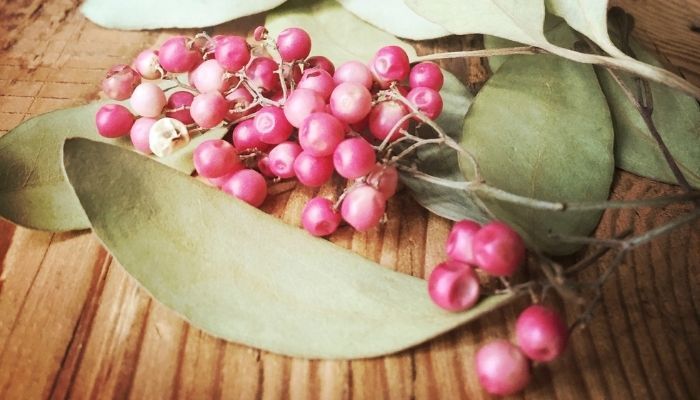
Supporting the Community
The benefits of sourcing and supplying native ingredients to customers, is the support it provides to the Indigneous community and local economy.
Marks has signed the Nagoya protocol which ensures Indigenous and Traditional Owners have the right to grant access to genetic resources like the native ingredients.
“For me, the most important thing is that everything we do has impact. So we work exclusively with a range of Indigenous communities, wild harvesters and small Australian farmers and they’re all intertwined,” says Marks.
With Marks’ help we’ve put together the top 10 most popular native ingredients in demand right now.
- Lemon Myrtle
A versatile ingredient that is naturally antibacterial and rich in antioxidants that are important in fighting free radicals that damage cells.
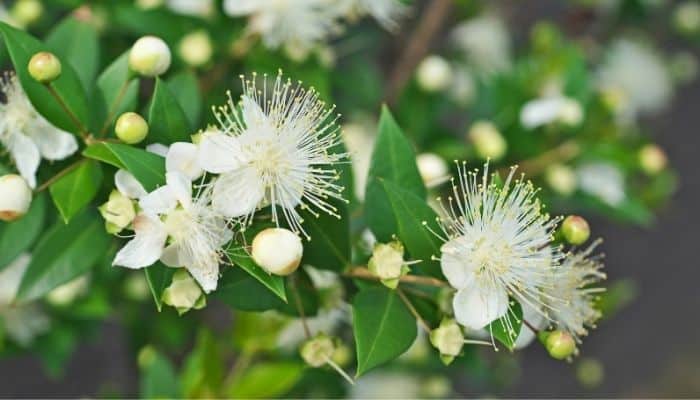
- Wattleseed
“Wattleseed is ridiculously high in protein,” says Marks. In fact it’s higher in protein than most fish, and the seeds resemble rice grains. They have traditionally been used by First Peoples to make a highly nutritious flour to make damper. Also considered to be very sustainable to farm.
- Pepperberry
Like its name suggests a sweet berry with a peppery kick. Pepperberries can be used in place of peppercorns and produce three times more antioxidants than blueberries. Produced mainly in Melbourne and Tasmania says Marks.
- Bush tomatoes
“Bush tomatoes contain selenium, iron, folate, and zinc, high in folate and high in magnesium,” quips Marks. Sourced in Central Australia and similar to a sundried tomato.
- Kakadu Plum
“The Kakadu Plum is the highest known Vitamin C of any fruit, a hundred times of that of an orange and that’s for a poorer quality. They get much higher when you get into the freeze dried powders,” says Marks.
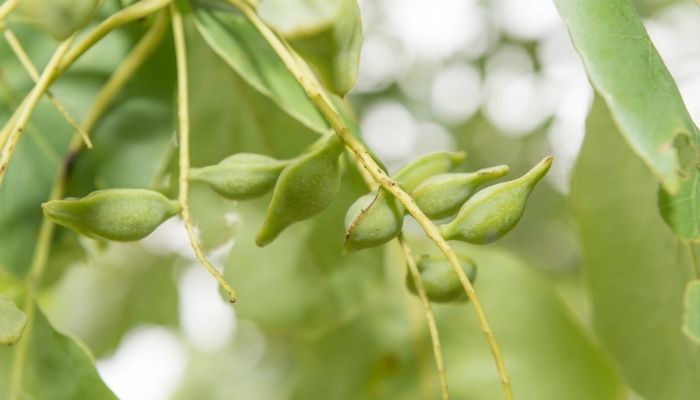
- Quandongs
A sweet and tangy fruit sometimes known as wild peach, quandongs are high in antioxidants and often used for healing purposes like toothaches.
- Davidson Plum
“So Masterchef, they’ve been doing a lot with Davidson Plum right. Since they’ve been doing that, I’ve been selling a lot, we have Davidson Plum powder – that started to get a bit crazy and we also have fruit that we supply to restaurants and the restaurants have been hammering us about Davidson Plum,” says Marks. Rich source of Vitamin C and also 1.5 times more antioxidants than a blueberry.
- Jilungin
“One of our most popular products that isn’t a herb or spice, and it’s a bit new in the native food industry,” says Marks who describes it as similar to Chamomile and ideal for sleeping teas. A study from University of Queensland found it to have more antioxidants than green tea.
- Muntries
A type of small berry indigenous to much of the southern coast, and said to be “absolutely delicious” says Marks. “I think it’s only been a hundred years since we’ve had commercial blueberries. We could apply the same thing to our native foods like Muntries which literally are native here.”
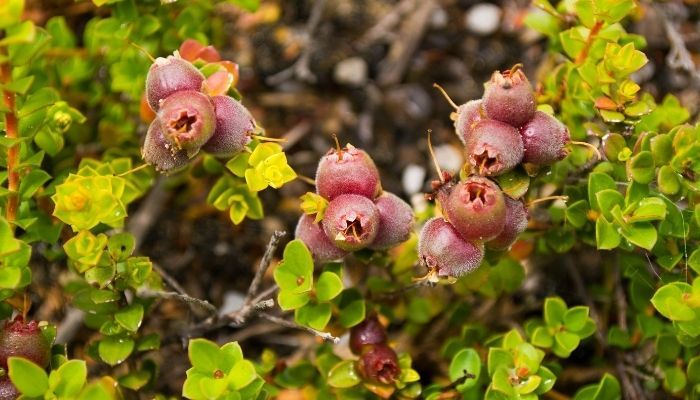
- Warrigal Greens
Can be used as substitute for spinach, very high in fibre and antioxidants and according to Marks easy to grow and harvest: “I’ve planted them and they just take over the balcony, they grow where nothing else grows, you don’t have to take care of them, no bugs eat them and they taste delicious, you just have to blanch them before eating them and they’re really really good.”
Strong demand only growing
“In the past, I guess, four months, we’ve got about 1300% growth in our business. So we’re talking massive increases,” says Hayden.
What’s the end goal for native ingredients? For Marks it would be a stable supply of ingredients — which is challenging as they are seasonal — but it’s also having Australian natives given recognition on a global scale.
“I want to see native ingredients in everyone’s pantry…obviously it’s going to be a bit difficult globally, but if I can do that in Australia and you know, people know what Wattleseed, is I’m just going to be over the moon.”
-
Enquire!
- Book a stand
